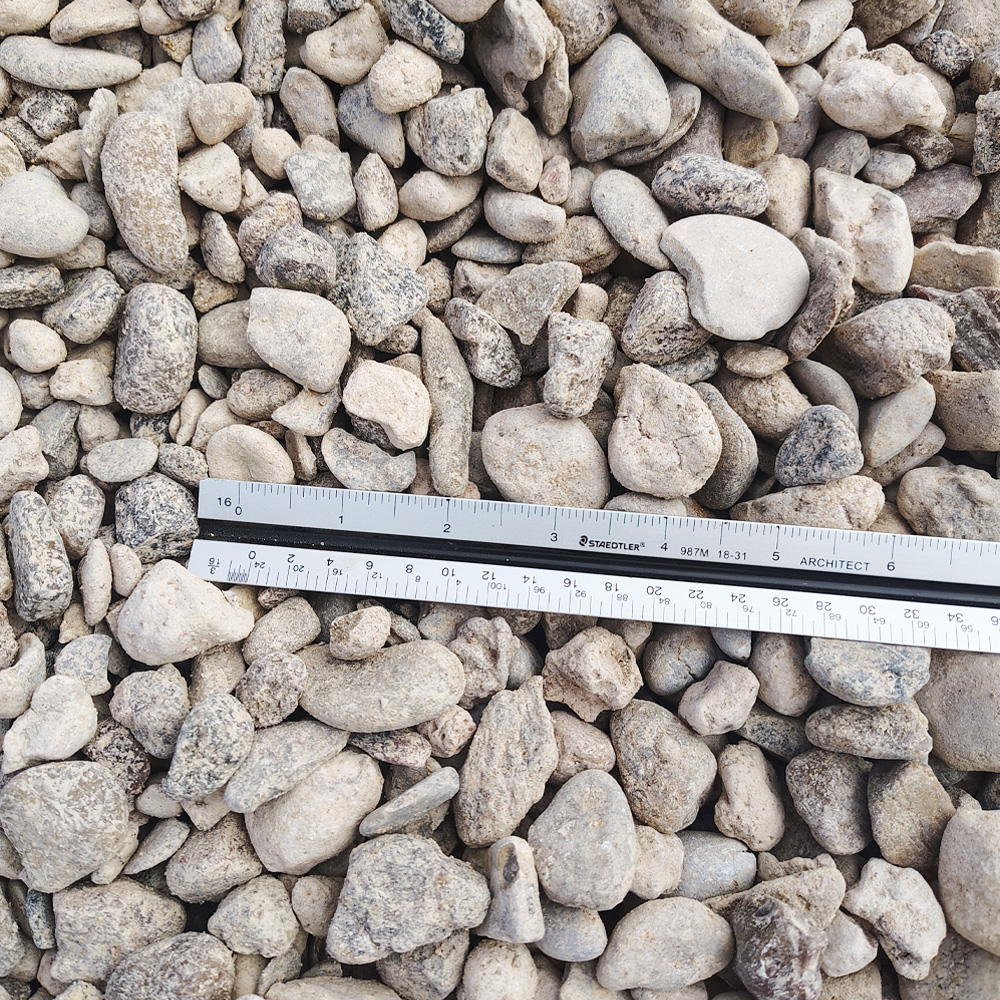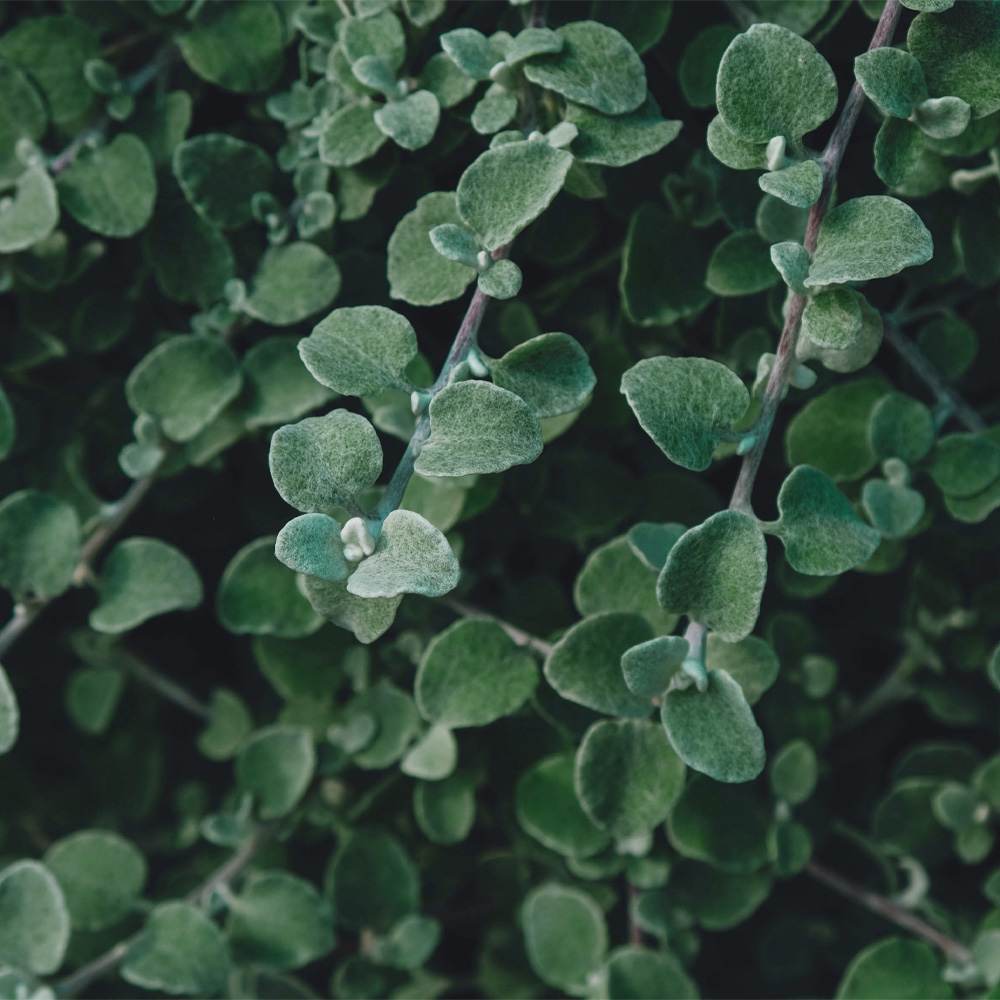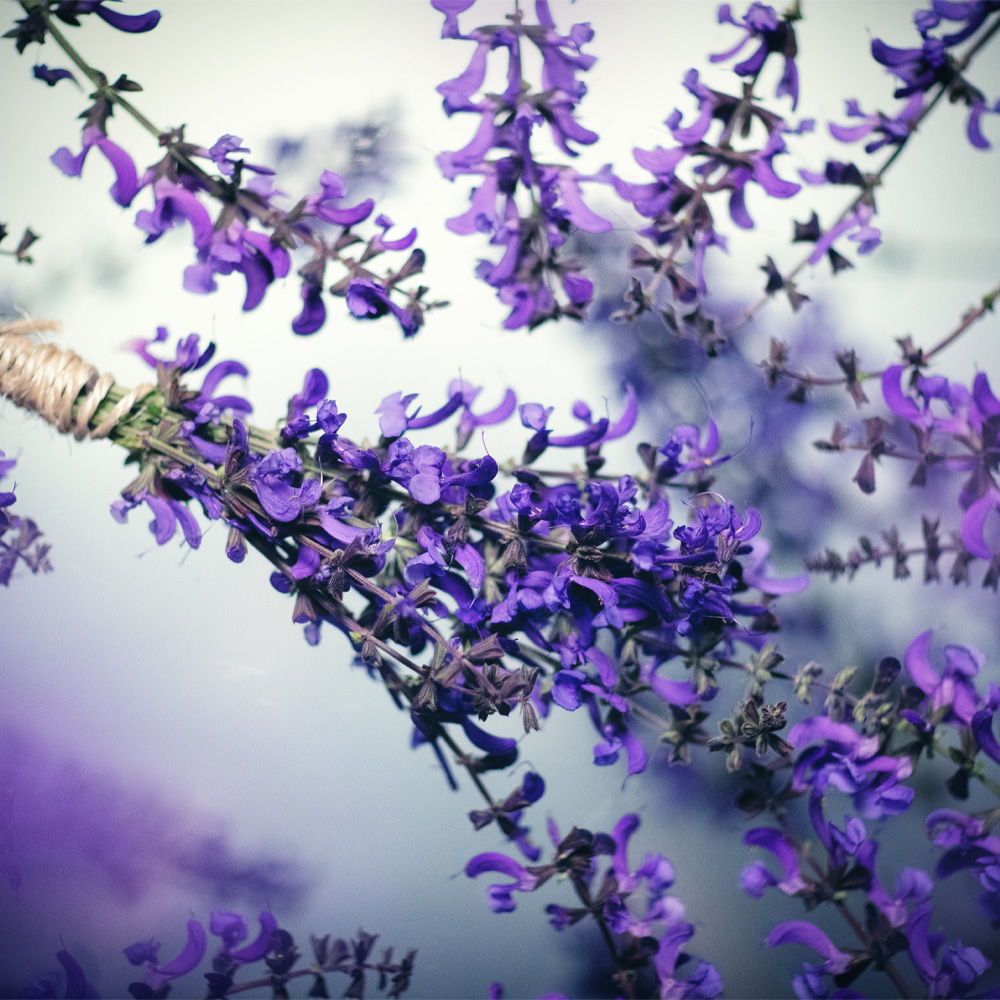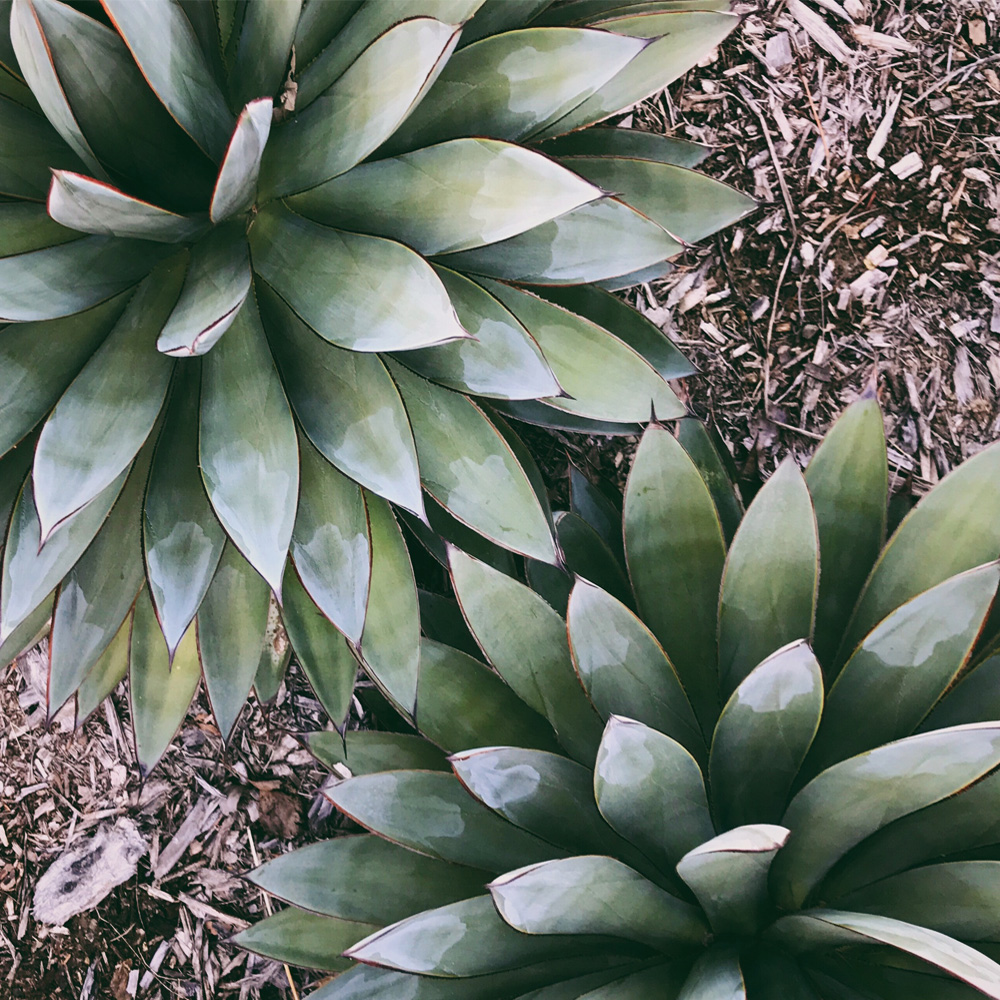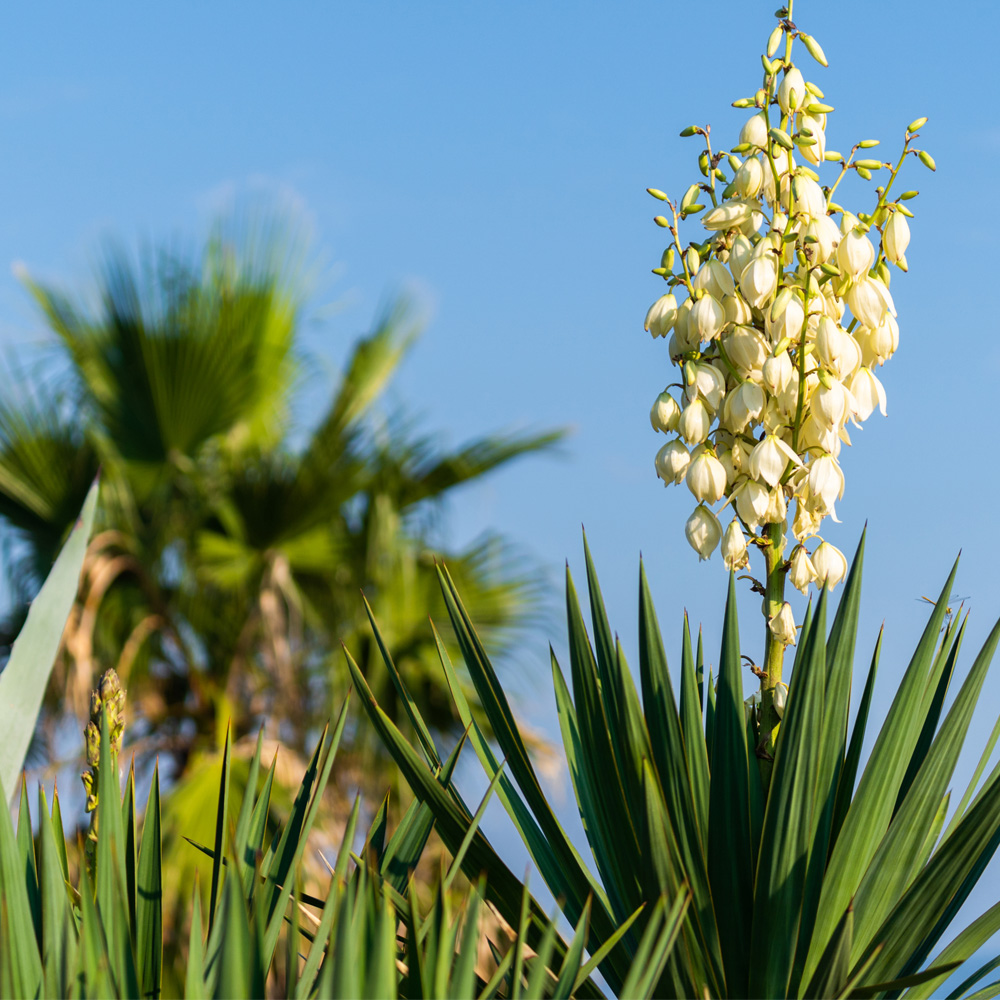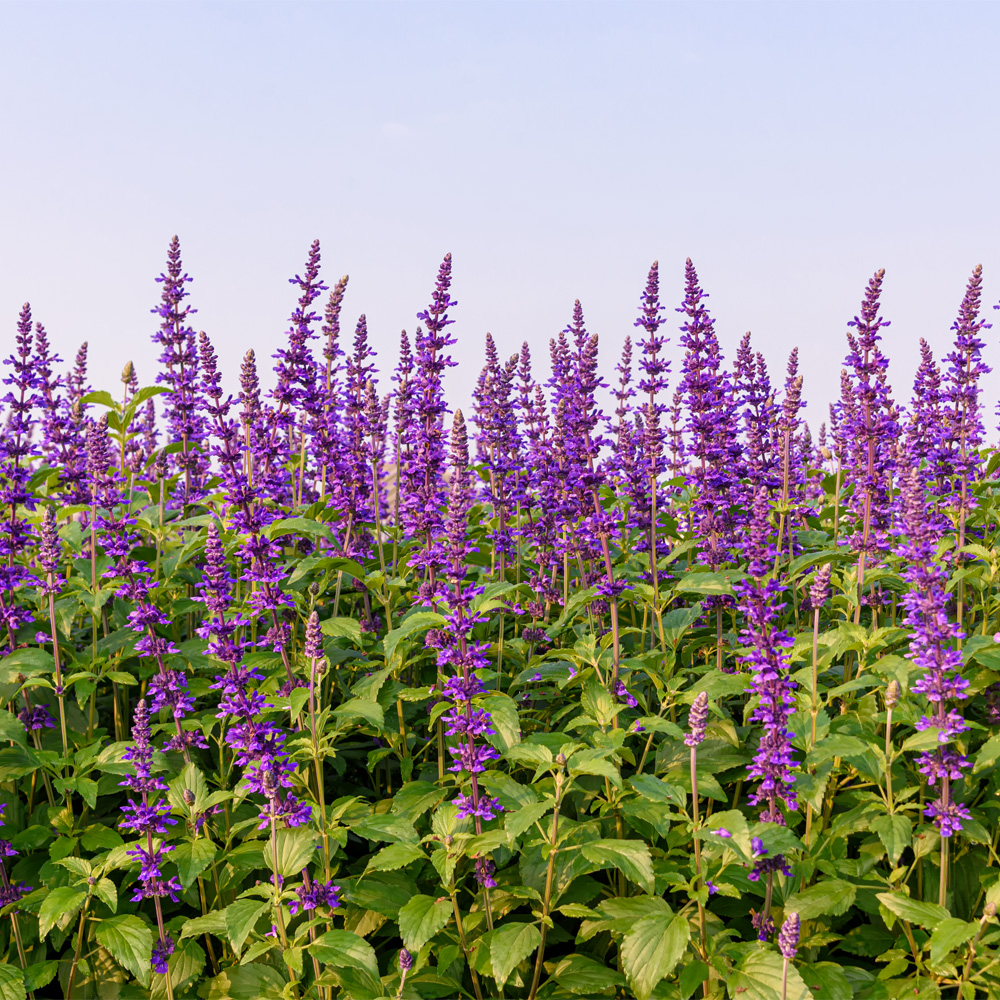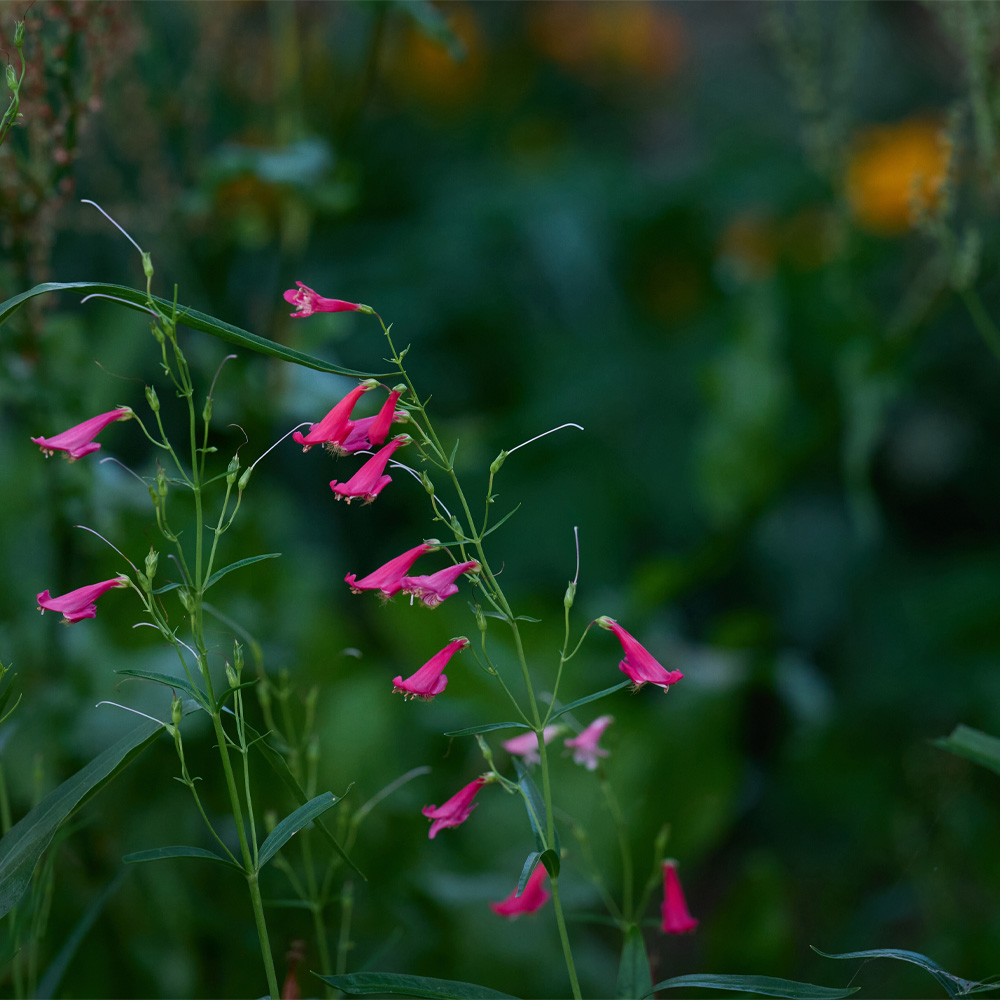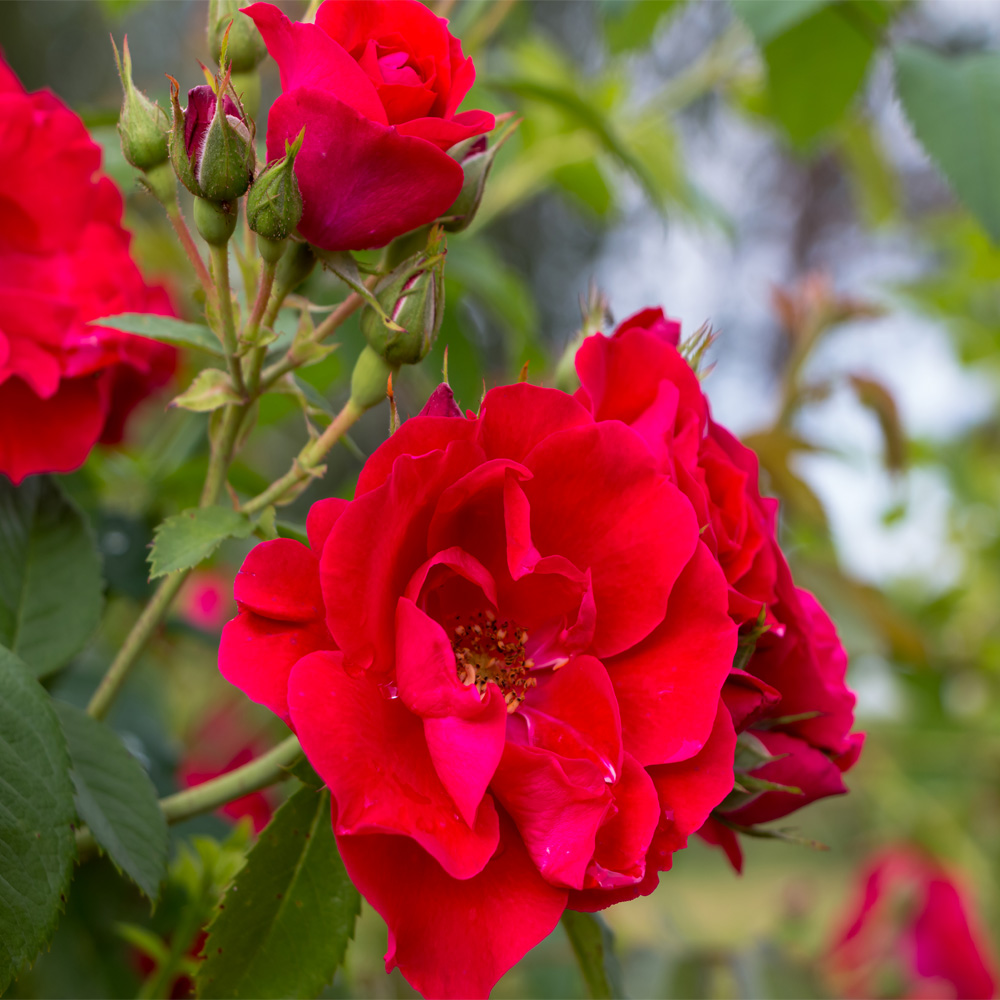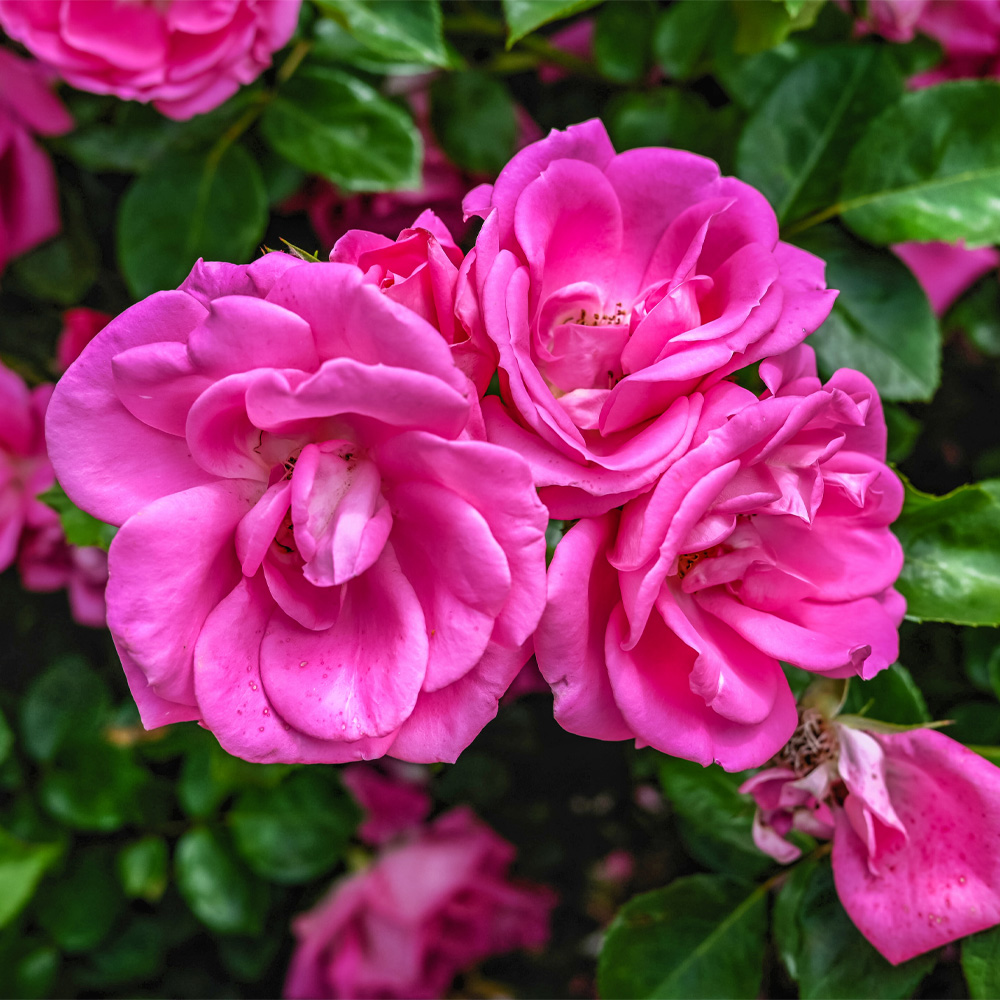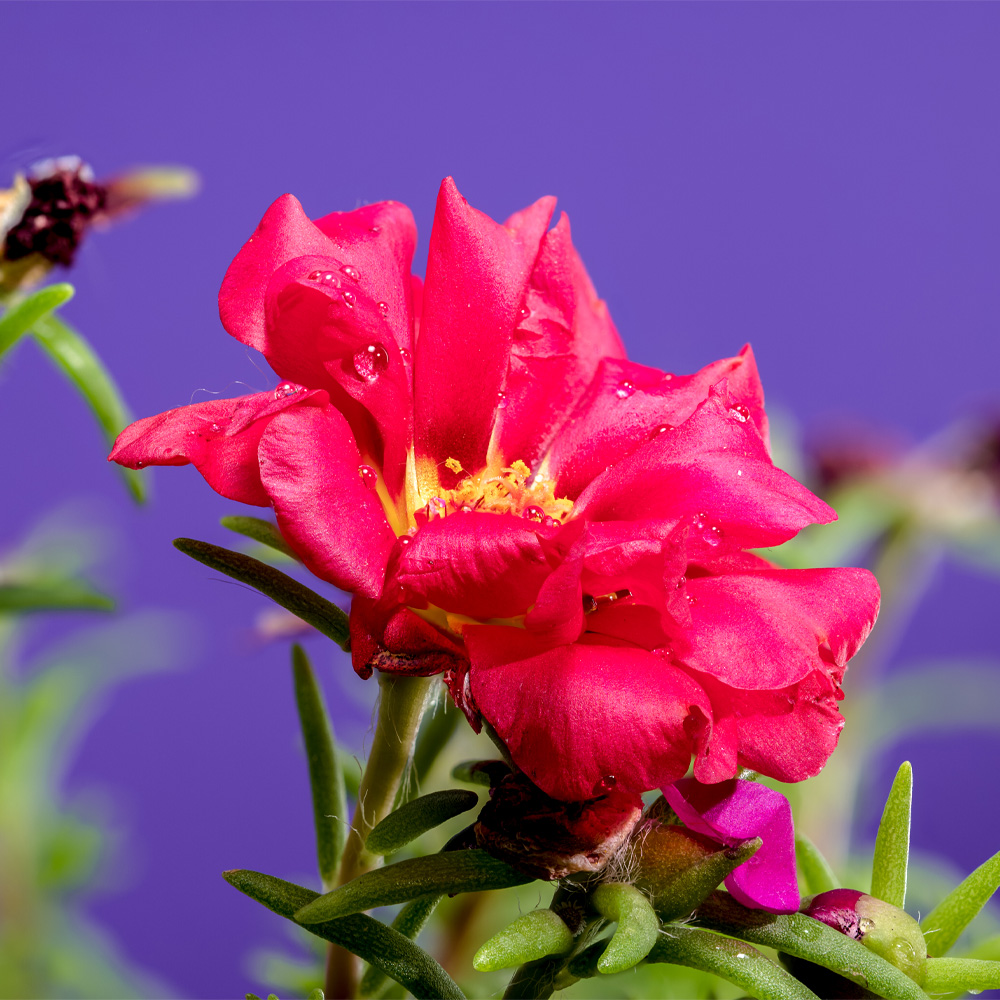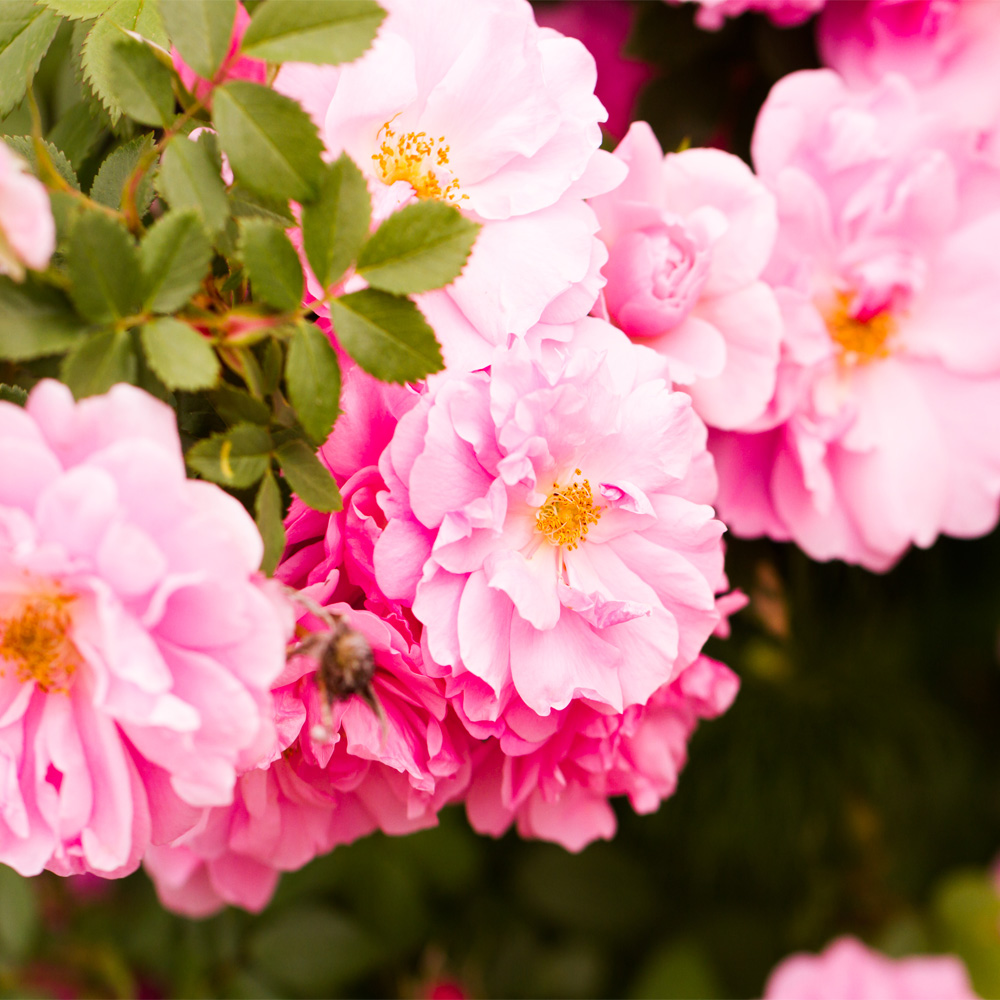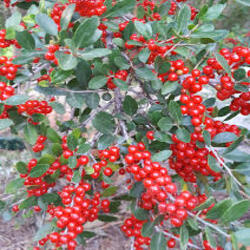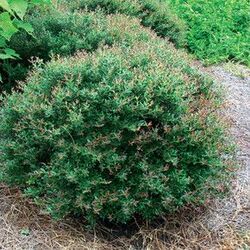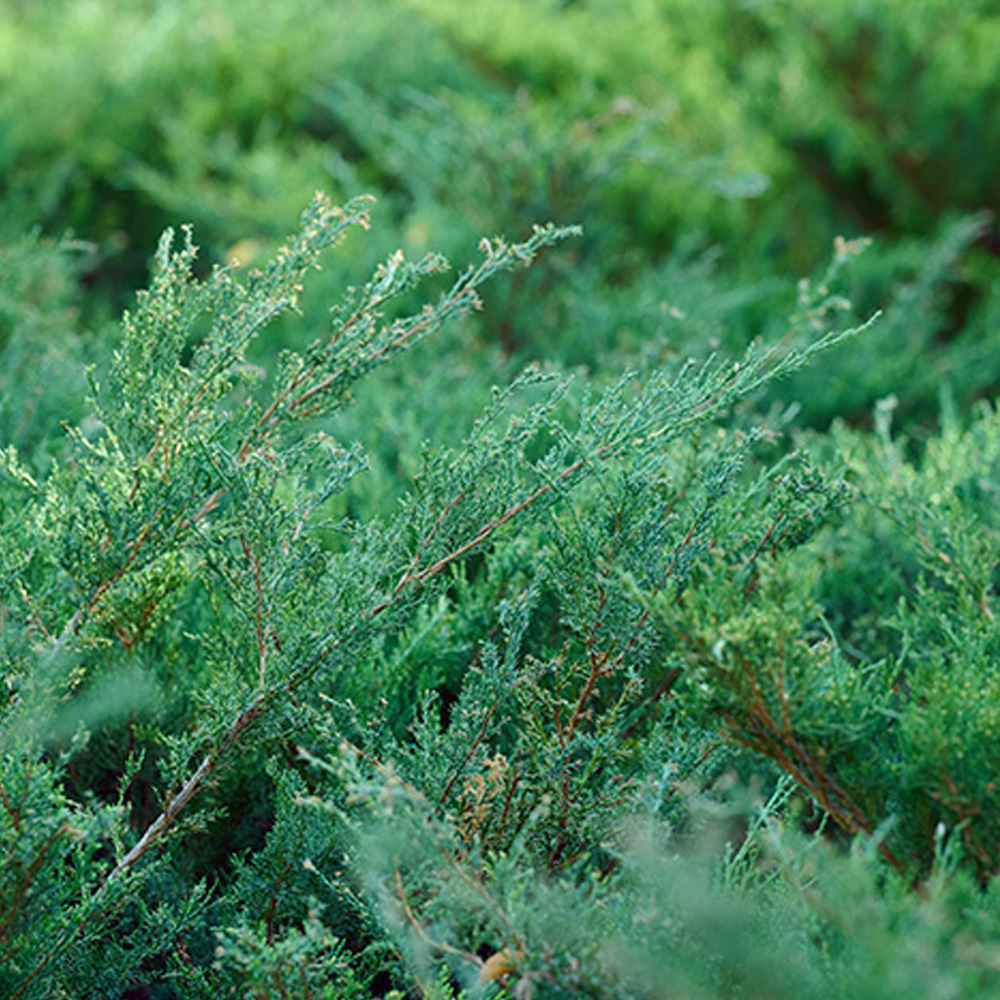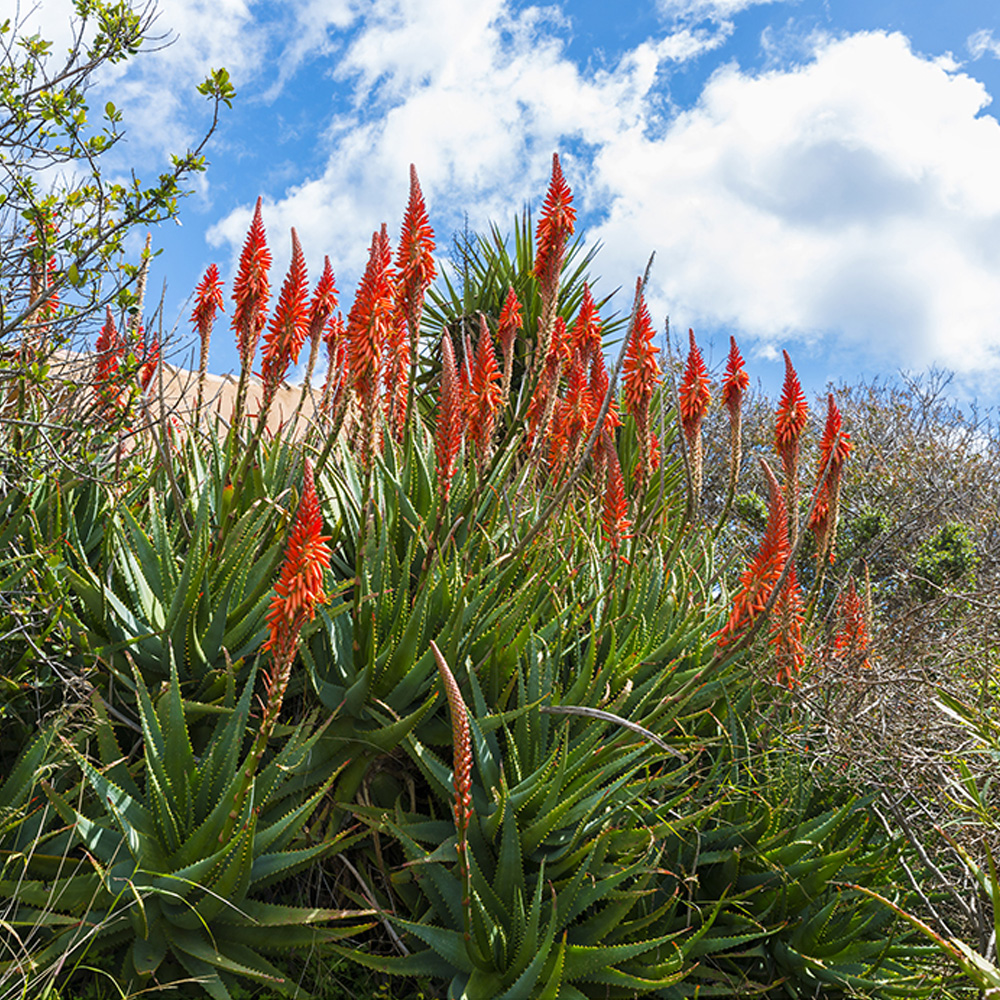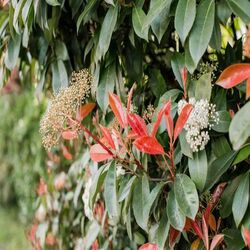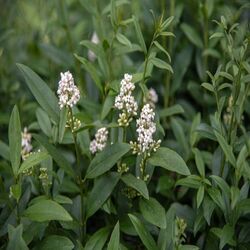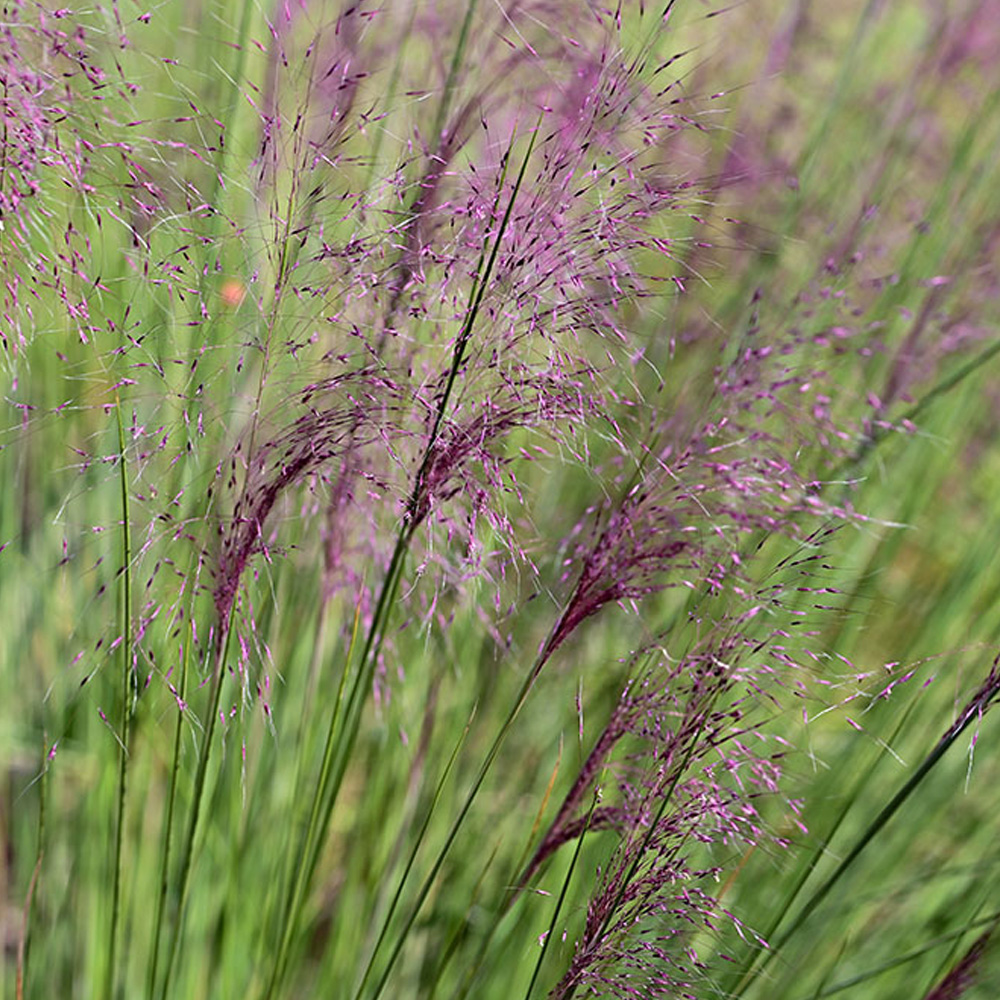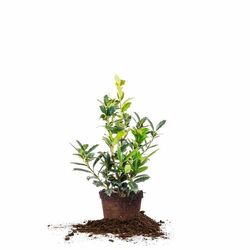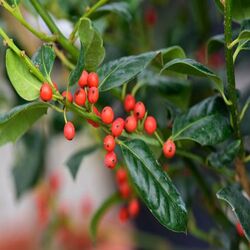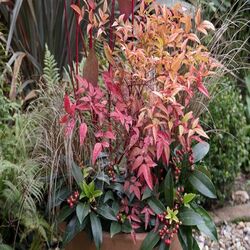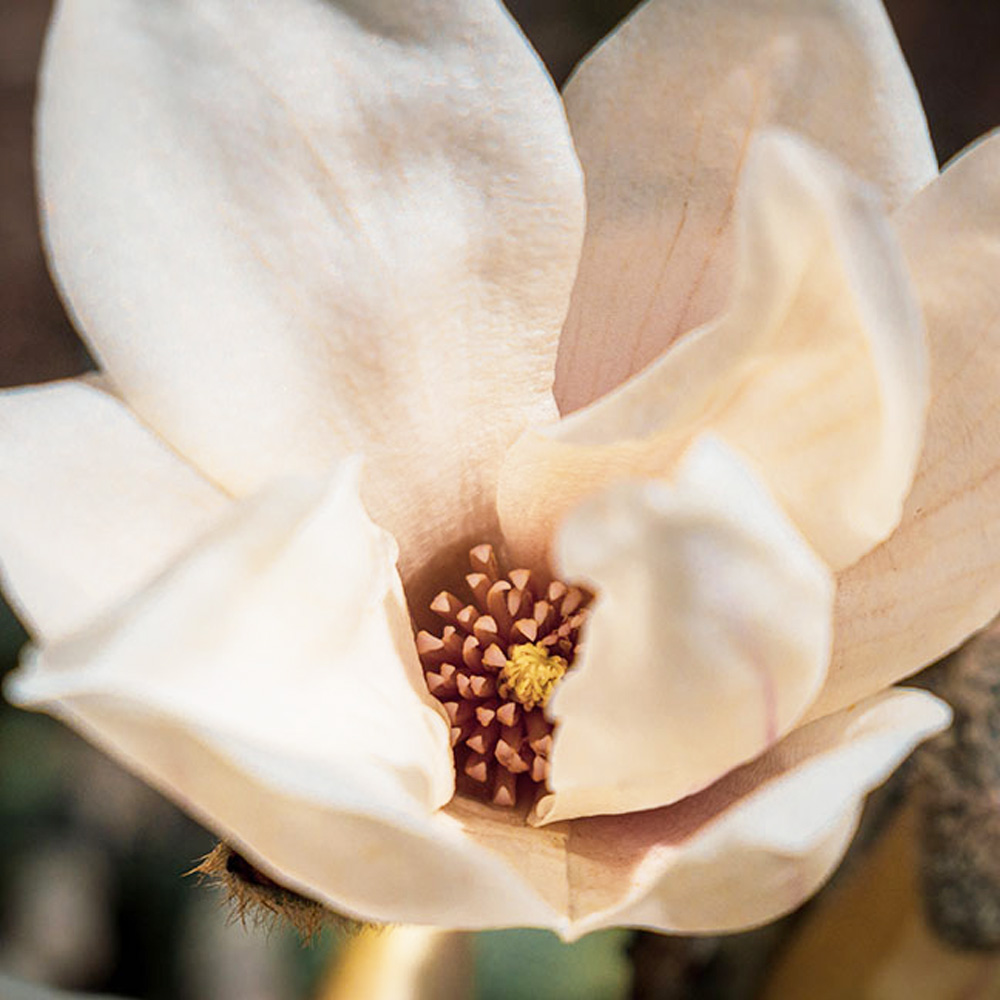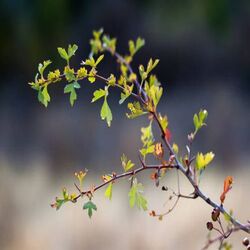Description: Hawthorn (Crataegus species) is a deciduous tree or large shrub with showy spring flowers, attractive fall color, and persistent red berries.
History & Origin: Hawthorns have a rich history dating back thousands of years across Europe, Asia, and North America. The genus contains hundreds of species, with significant historical importance in many cultures. In European folklore, hawthorns were considered sacred trees, often associated with fairy folklore and believed to have protective properties. The "Holy Thorn" of Glastonbury, England, is perhaps the most famous hawthorn, linked to Christian legends of Joseph of Arimathea. Native American tribes used various native hawthorn species for both medicinal and food purposes, with the fruits being a traditional food source. The wood was prized for tool making due to its hardness. In traditional Chinese medicine, hawthorn (particularly C. pinnatifida) has been used for thousands of years to aid digestion and improve cardiovascular health. The name "Hawthorn" comes from the Old English "hagathorn," meaning hedge thorn, reflecting its historical use as a natural fence or boundary marker in Europe. During the European enclosure movement of the 18th and 19th centuries, hawthorn was extensively planted to create living fences, many of which still exist today. In modern horticulture, hawthorns gained prominence in the late 19th century when many ornamental varieties were developed for landscape use, selected for improved disease resistance, better flowering, and more abundant fruiting.
Care Instructions:
Sunlight: Full sun.
Soil: Well-draining, adaptable.
Watering: Moderate; drought tolerant when established.
Fertilization: Spring fertilization if needed.
Pruning: Prune in winter to shape.
Pests/Diseases: Watch for fire blight and rust.
Other Details:
USDA Zones: 4-8
Temperature: -30°F to 90°F
Humidity: Adaptable.
Mature Size: 15-30 feet tall and wide.
Growth Rate: Moderate.
Uses: Small shade tree, wildlife garden.
function toggleAccordion(index) {
const contents = document.querySelectorAll('.accordion-content');
contents.forEach((content, i) => {
if (i === index) {
content.style.display = content.style.display === 'block' ? 'none' : 'block';
} else {
content.style.display = 'none';
}
});
}

